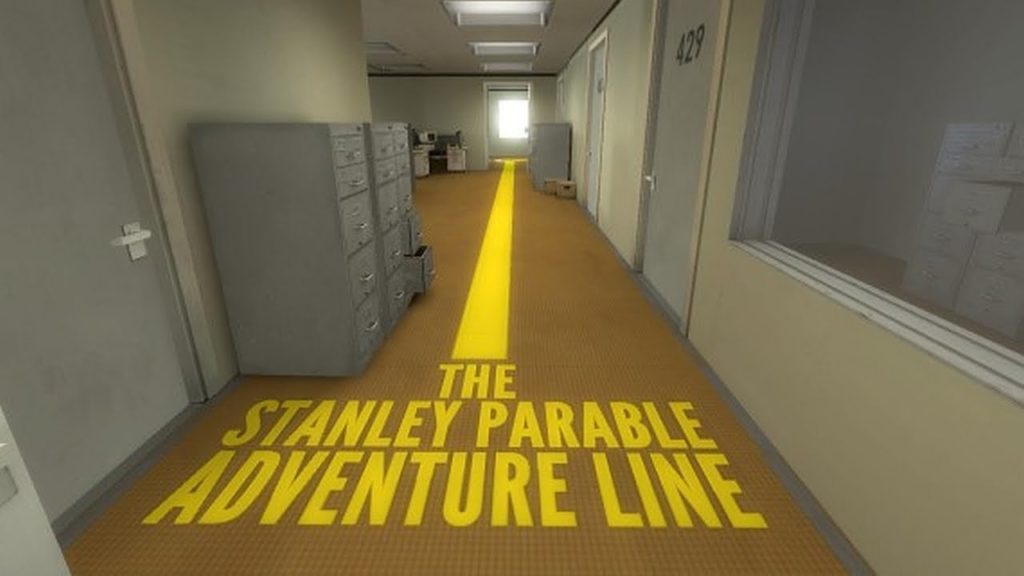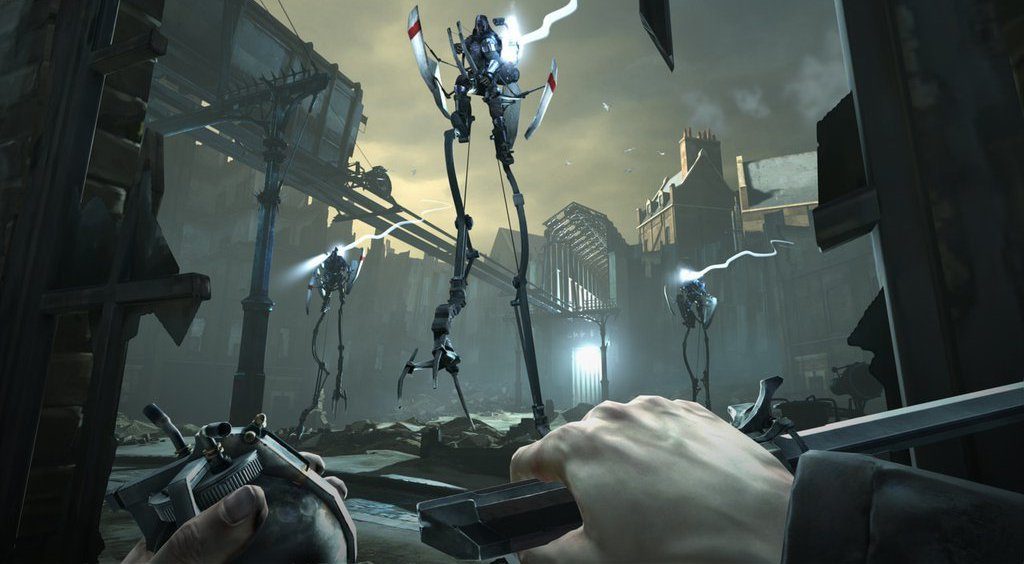From time to time, one encounters voices that game stories does not require a three-act structure. Is this realy a fact? I decided to do a review of the most common arguments on this subject.

The ancient three-act structure is the canonical way to create art, from dramas to blockbusters. Among developers there are sometimes doubts, whether the old Aristotelian construction pattern is suitable for storytelling in games?
Below I have collected some recurring opinions and arguments of opponents of the three-act structure and looked at them from the perspective of a game writer.
Not every game requires a three-act structure
This is true. Because not every game has a meaningful story. If you are developing a simple game like Tetris you won’t need sophisticated screenwriting tools.
There are other models that can be used to build game storylines. Building 5 acts, or dividing the plot into 8 sequences, 12 sequences of the Hero’s Journey or the Heroine’s Journey.
Splitting into three is a basic property of the human mind. We encounter such a distinction everywhere in life.
In classical narrative such classification is the result of considering the progression of the plot as an answering to the question posed in Act I. Will Romeo and Juliet be together? Will Sherlock solve the mystery? Will Batman stop the Joker? And in the games: Will the Witcher succeed in saving Ciri? Will Commander Shepard save the universe from the Reapers?
A core plot built according to the 3-act rule is the easiest to construct, regardless of whether it will be a linear game or an elaborate RPG. Of course, you can always choose to build your story based on a different structural pattern, but at some level it will always be reducible to a 3 act structure.
The structure of serials is better for construction of games.
The structure of serials is based on the construction of individual episodes and whole seasons. It does not escape the three-act rule, but makes modifications due to the duration of the action of the episodes. Most serials can be “cut” according to the Syd Field Paradigm, which is well-known to filmmakers. However, this method has its limitations. It works best for games heavily based on cutsceens. However, this is quite a broad topic, which I will return to in an upcoming posts.

Games are not divided into three acts because they are too long
Similar arguments are a result of a misunderstanding that the three-act rule does not correspond 1:1 to the distribution of tension and emotions felt by the player, but just describes the construction of the plot.
Complex games like The Witcher have sophisticated choice paths and a non-linear narrative, so they are not built according to the three-act rule.
Yes, they are complex, but that doesn’t mean that each side story can’t be told simply, in three steps. Three-act structure is not the finishing line of thinking, but a point to begin with. All complications and plot twists should have a solid plot basis. It’s easier to start from one path and then build bifurcations, rather than starting from a branching paths and then having to figure out what is a reason of putting those in your game.
Most of the games with complex narrative I reviewed struggled with this problem – their developers couldn’t explain the desire to have choices with anything other than the desire to have choices becouse other games have them too… They forgot that choices need to have a purpose. They should lead the player to something new.
Not all players finish the games, so the structure is not important to them.
Structure does not reflect players’ attitudes toward the game. Combining these two things is a misunderstanding that does not suit game researchers or game developers. One might even reply: if too many players don’t finish the game, that’s what it means: you’ve made a mistake in your game. Plot or mechanical? That would take a longer analysis to judge this.

The player can disrupt the structure, when he abandons the execution of the main thread to accept side tasks.
Yes. Just as he can fast-forward a given section of a boring series or get lost in its side plots 🙂 . The ability to go outside the structure, however, does not mean that it is not there. Interaction within the game means that we can skip certain elements and almost freely (within the predefined rules) shape our story. BUT we can do the same even while reading a book! I may stop reading “Metro 2033” in the middle, but that doesn’t mean the story doesn’t have an ending. I just chose not to know it. In games with open worlds it is often the same. Individual experience provide the enjoyment of the game, but have a fundamental drawback. Not every story experienced by the player will be as good dramatically as other plot line. A professional game writer must take this aspect into account. They should design the player’s experience within the storylines in such a way, that each story variant is as interesting as even possible.
Not all story-based games have a three-act structure, and yet they are successful.
Of course they are! Although I defend the accusations against the 3-act structure, I do not think that it is an oracle. There are games built on the disruption of the classic narrative structure: for example, “The Stanley Parable”. A game that teases at the classic rules of narrative. However, to break the rules, you first need to know them very well.

The player does not remember the entire plot, so the structure does not matter
How much do we remember of an entire season of a series after a week? Not so much…. In the case of games, it’s even worse. Active participation in events is not particularly beneficial for remembering the plot. However, it doesn’t mean that story structure doesn’t matter. A game’s story works best when it seems as “transparent” as possible – when gameplay and plot are entwined to guarantee the best possible experience. This intertwining is indeed not always easy to remember, but to conclude from it that story structure is not important is overstatement
Gamers remember the characters better than the storyline
Yes, but most of the most pop-culturally famous game characters require good context. The story is precisely what can provide it.

So how treat the structure?
Structure is a basis for design, not for final version of project. This is common miastake. It does not guarantee a perfect plot – it only gives a starting point and helps organize the story arcs. A lot of misunderstanding about the importance of structure comes from confusing the construction of a game with how it is experienced by players. The story planned by the scriptwriter at the treatment and draft stage is not the same as the story the player will experience in game.
